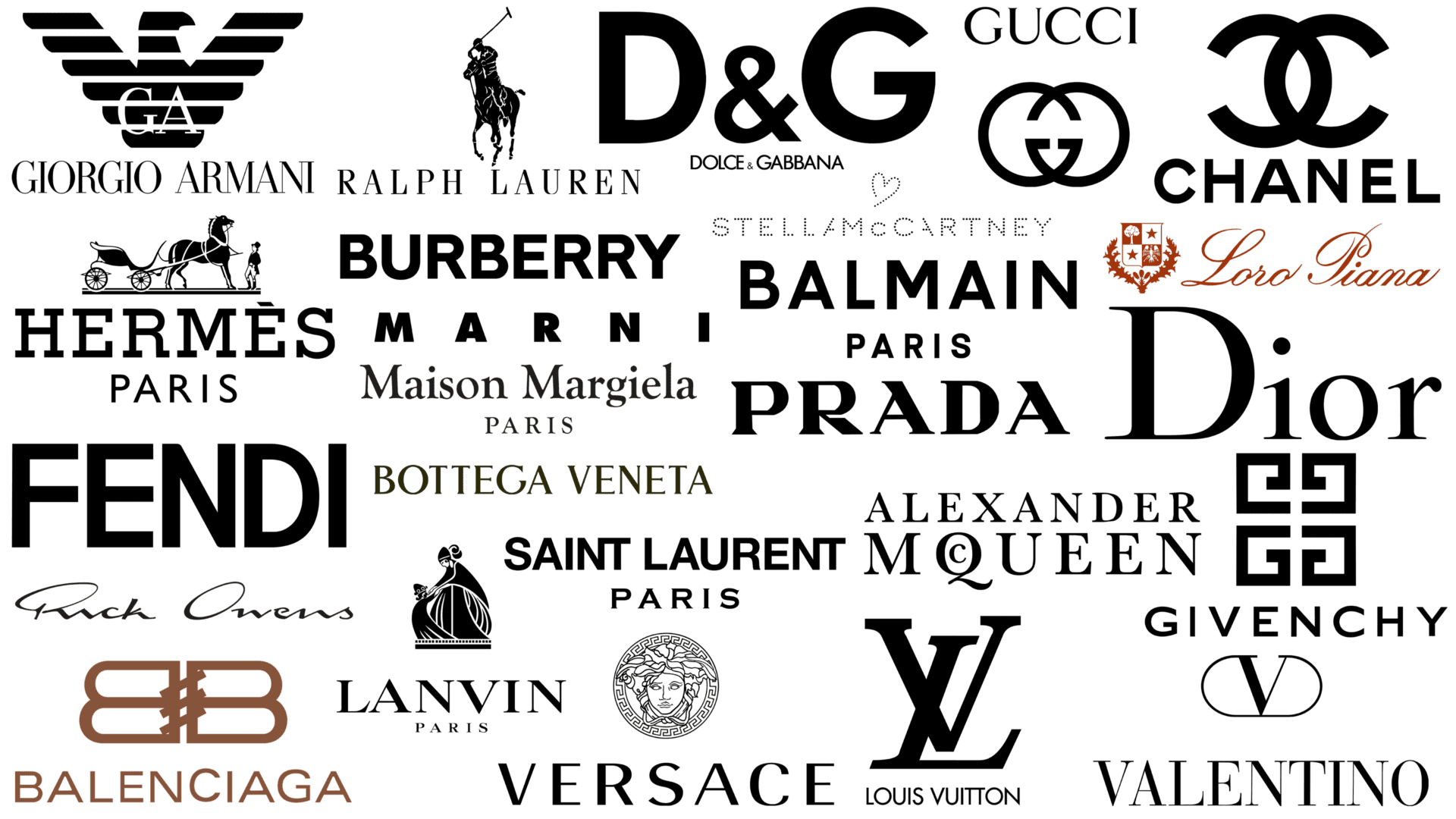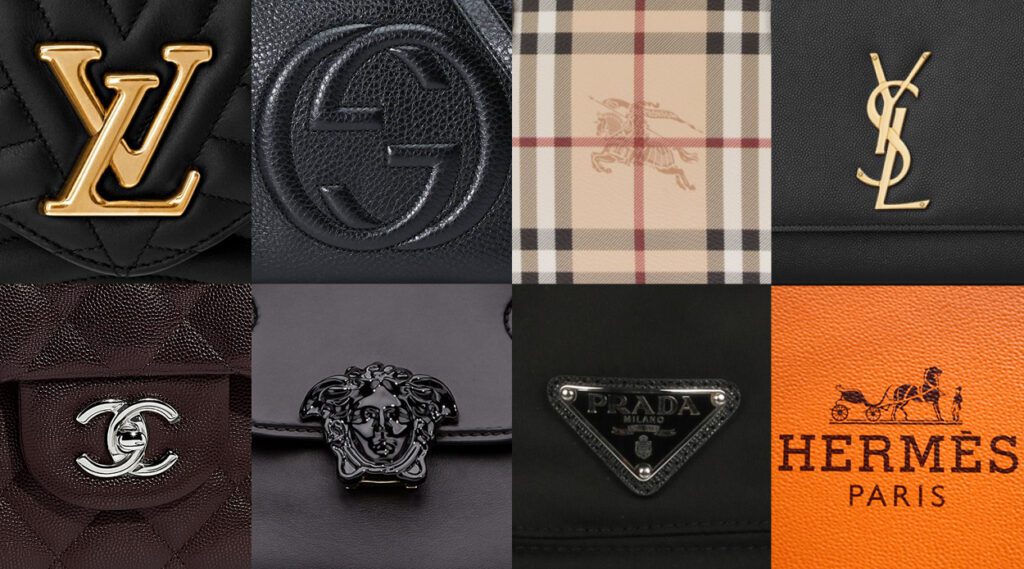Abundant Rarity – Growing Luxury Brands

Due to globalisation, digital impact, and the persistent pursuit of growth, exclusivity and rarity are merging.
The luxury industry is an unusual one to work in. ‘quality above quantity’ and ‘luxury is scarcity’ are adages often bandied around.
Two different luxury German automakers are employing two different growth strategies.
Mercedes is discontinuing its lower-priced brands in favour of its higher-priced, higher-luxury offerings, which means the company will produce fewer luxury cars overall. Porsche, on the other hand, adopted the opposite tack and seems to have been successful by prioritizing availability above demand.
It’s a marketing faux pas to assume that scarcity equals luxury in any context. Luxury goes beyond mere dearth. And some successful businesses are adapting to the new realities of the luxury market by using a strategy that flips the concept of scarcity on its head.
The status of premium brands like Louis Vuitton has not diminished despite their widespread availability. The idea that luxury must be associated with scarcity and exclusivity appears to be in tension with this. So, how can we square these observations with established theory? Luxury firms use strategies like virtual rarity, building themselves up as works of art, and adapting a fashion business model, all while downplaying their products’ exceptional quality and place of origin, to harness rising demand from both extraordinary and everyday consumers. Qualitative rarity has supplanted the former focus on the scarcity of certain substances or methods. In addition, the cult of the designer is an effective method of connecting with a wide range of customers on an emotional level. Luxury goods companies now peddle to the public with symbolic and magical power.

Jean-Nol Kapferer talks about luxury in his books. He has looked at the conventional definition of luxury as scarcity. The traditional definition of a luxury brand is “an inessential, desirable item that is either expensive or difficult to obtain.” Brand owners should read his articles since he proposes a new notion of luxury that he terms “abundant rarity.” His idea stems from a debate about how a once-rare premium brand might become commonplace without losing its status as such.
This is an apparent contradiction. A smaller, more desirable brand, like Hermès’s Birkin bag, will have a lower production run and longer waiting list than a more widely distributed brand. Some once hard-to-get premium brands have become more widely available to cater to consumer demand. Louis Vuitton is no longer exclusive to Paris. Even if a luxury brand retains its price premium after becoming broadly accessible, it may lose some of its lustre as an exclusive commodity. The prestige it has worked so hard to achieve might be at stake. These days, you can get a wide selection of high-end labels on chic secondhand marketplaces.
To appeal to a wide audience, luxury businesses will need to strike a balance between exclusivity and accessibility.
From Scarcity to the Qualitative Rarity
The genuine paucity of excellent crocodile skins accessible worldwide is a major factor limiting sales of Hermès Kelly bags. The number of Ferraris produced each year is strictly restricted. These well-known cases contribute to the luxury’s rarity-based mythology. Shareholders of publicly traded luxury brands see physical scarcity unfavourably since it slows the company’s expansion.
Virtual Rarity
It is possible to intentionally produce rarity. Regularly releasing limited editions that attract media attention and maintain the attractiveness of the brand via “ephemeral rarity” is one way to keep customers interested in businesses that now provide longer series and prolonged manufacturing.
Distributing just to a chosen few is a powerful tool for projecting an air of superiority. Retail is where true luxury and uniqueness are produced. That’s why, for instance, there hasn’t been a Louis Vuitton perfume until today.
Everybody’s an elitist now, from craft to art
There has been a notable movement towards glorifying designers in the high-end market. Today’s designers are constantly vying for attention as creative individuals, in stark contrast to the famed craftspeople of the past. John Galliano presents himself to the world as a work of art, acting out the role of the prototypical romantic artist. Art is slowly permeating the business world, particularly the high-end market.
Increasing the prestige of the high-end label’s logo
These days, it’s not a rarity but the showmanship around scarcity gives anything symbolic significance. Luxury firms, in contrast to more mass-market ones like Nike with their iconic swoosh emblem, tend to build up an extensive library of distinctive icons. The designer’s reputation as a unique individual and the ingenuity of the brand’s marketing both contribute to the symbolism of the label.
In the long run or the short run?
The objective of a luxury strategy is to increase one’s ability to charge premium prices, turning customers become loyal brand advocates regardless of cost. As a result of pressure from shareholders, several high-end companies are trying to expand their customer base while keeping pricing steady. They could do this by breaking many unwritten rules of the luxury market, such as the need for objective rarity and the unspoken rule against delocalization. A religious approach to community development has instead been embraced by these businesses.
Reference
Kapferer on Luxury: How Luxury Brands Can Grow Yet Remain Rare
Jean-Noel Kapferer – Abundant rarity: The key to Luxury growth


